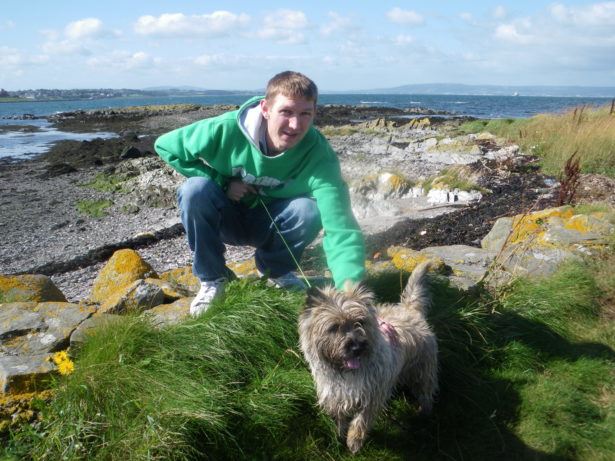Traveling with your dog or cat can be an adventure for both you and your pet. It can be a joy to spend some time with your fur baby and experience new sights and sounds together, even if you’re just heading to the vet.
On the other hand, the feeling of being in a car can be quite strange to your feline or canine companion, especially if they’re quite used to staying put in your home. Since it’s a new experience for them, it can be difficult to gauge their reaction to being inside a moving vehicle and spending a few minutes or hours on the road.
With this in mind, here’s how you can help ensure that a car ride with your animal companion will be a safe and tolerable—if not comfortable—experience for you and your pet:
Make It Easy to Identify Your Pet
No matter if you plan to travel with your pet often or not, it’s important to maximize your chances of retrieving your cat or dog in case they escape or get lost. The best way to do this is by microchipping your pet, as this makes it easier to trace ownership back to you. Making your pup wear customizable dog collars with a dog tag that has your contact details will also make it easier for good Samaritans to reunite you with your missing pet.
Give Your Pet Enough Space and Toilet Breaks
There should be a dedicated space in your car for your pet so that your cat or dog will not distract you while you’re driving. That said, don’t put them in the front seat. Instead, put them in the back seat and use a pet barrier to keep your animal companion contained. When planning long trips, be sure to schedule breaks for your pet as well so that they can eat and do their business in peace. This way, they’re less likely to make a mess in your car.
Keep Your Dog Harnessed or in a Crate
Just as people need to wear seatbelts, dogs and cats must also be safely harnessed while in a moving vehicle. The easiest way to do this would be to put your pet in a crate and secure the said crate using the car’s seatbelt. Alternatively, you can make your pet wear a harness and hook it to a specially designed seatbelt for pets. This will help your pet stay secure and make them less likely to distract you while you’re on the road.
Prepare for Spills and Messes
Anticipate that taking your cat or dog for a ride will lead to spills and messes in your car. Some pets can shed or drool a lot, while others might not hesitate to do their business in a moving vehicle. To keep loose fur contained, use a cargo mat or liner. You can also brush your pet’s fur beforehand to minimize shedding. Additionally, it’s a good idea to carry a cleanup kit with wet wipes, sanitizers, and poop bags whenever you’re out for a ride with your pet. That way, you can easily tidy up in case they pee, poo, or vomit in the car.
Use the Car’s Security Features
While some dogs enjoy putting their head out of car windows, you should know that this activity can be quite risky. This is because flying debris can hit your pet while your car is moving, or cold air can be forced into their lungs and make them sick. So, to keep your pet safe inside your vehicle, keep the windows up and use the child lock if the car has the said feature. It may seem like engaging the child lock is a bit extreme, but some smart dogs and cats do know how to open doors and windows, so it’s better to be safe than sorry.
Never Leave Your Pet Alone in a Car
Leaving your dog or cat alone in a car can make them prone to overheating, freezing, and other dangerous conditions caused by exposure to extreme temperatures. Instead of leaving them in the car, take them with you wherever you need to go, if at all possible. It’s also an option to bring another person with you on your trip. They can mind your pet while you take care of business in places where your dog or cat is not allowed to enter.
As a responsible pet parent, you have to make every effort so that your pet will be safe and secure in your vehicle. It’s also important to prevent any damages that your pet can inflict on your car and to anticipate the possibility that your pet will distract you when you should be focusing on the road. Follow these tips, and you’ll have a better chance of ensuring that you and your pet will be able to reach your destination safely and return home without any issues.


